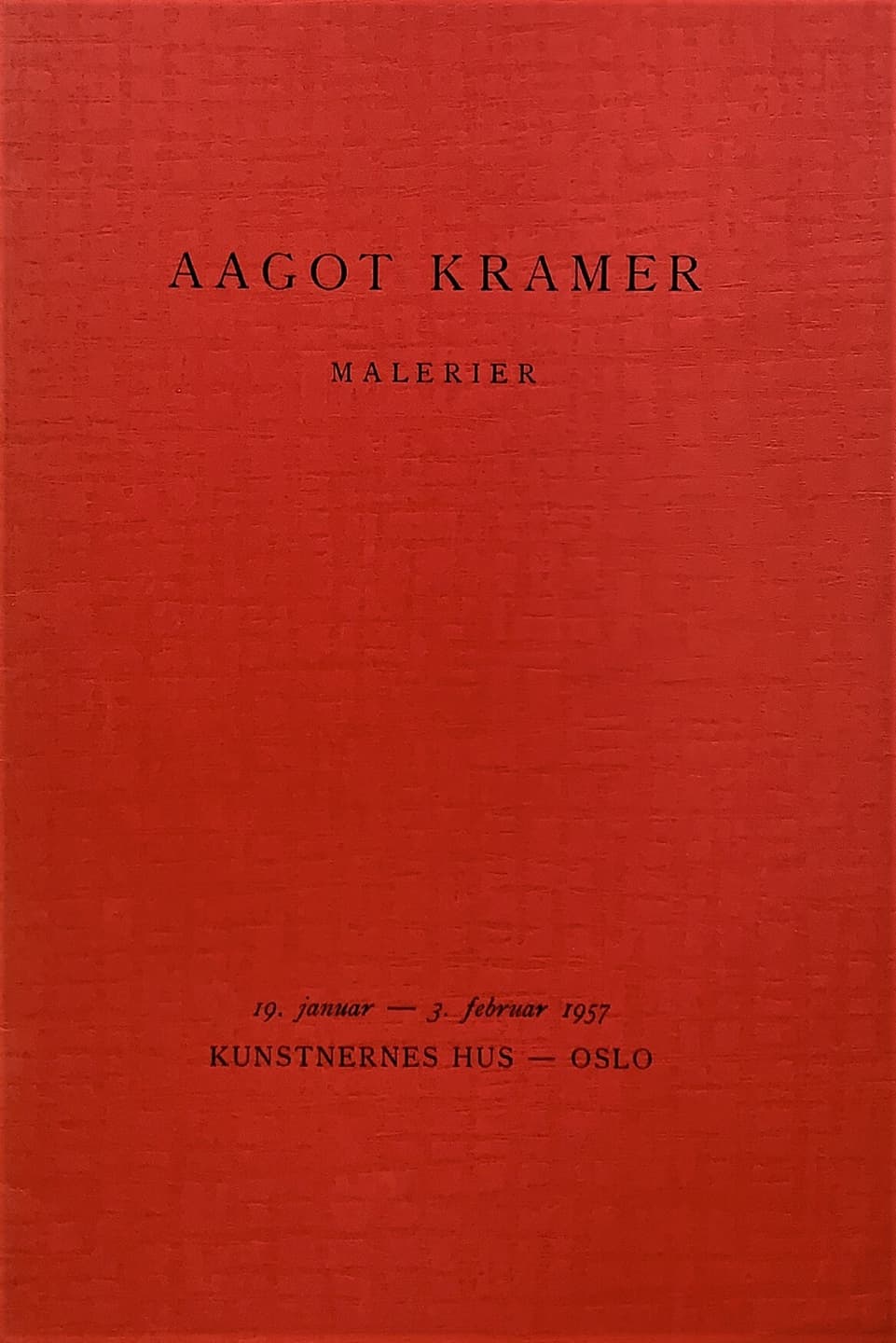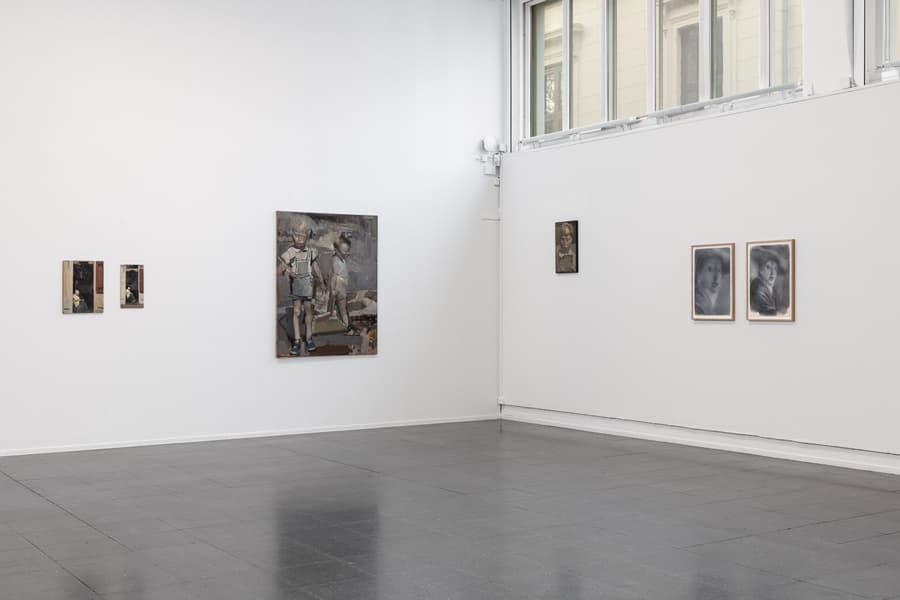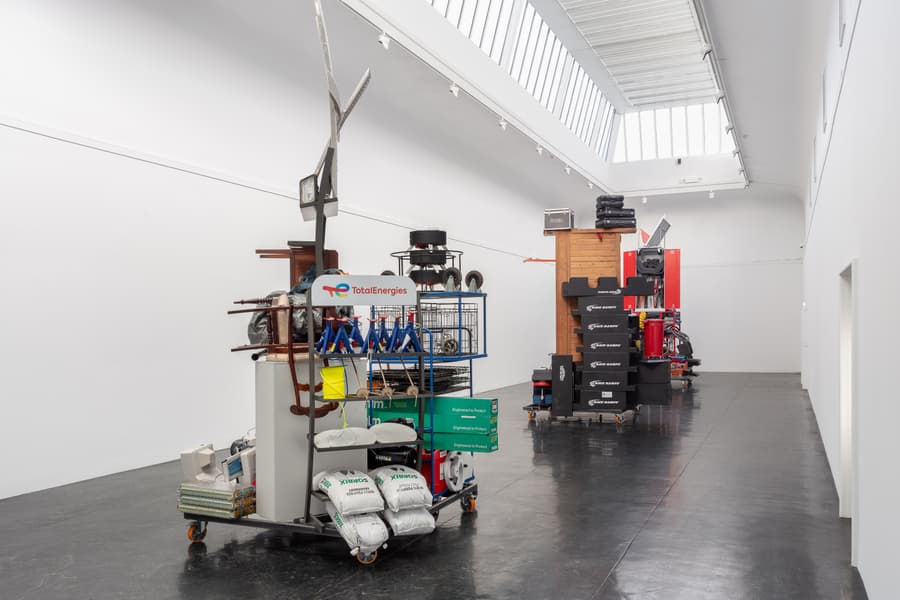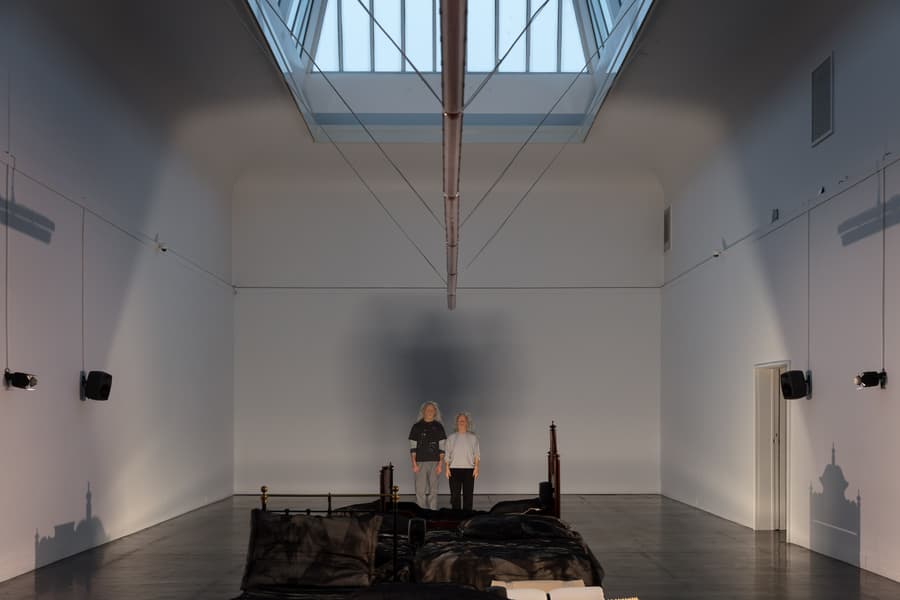Aagot Kramer

Paintings
K. began his artistic career at the age of around 40. Her husband dabbled in hobby painting, but it was her housemate Nikolai Astrup who persuaded her to give it a try. The summer of 1921 was spent in Jølster with Astrup as her nearest neighbour, and during these summer months she received her first and only lessons, with Nikolai Astrup correcting her work. After encouragement from Axel Revold and Einar Lexow, K. made his debut in Bergen's Art Association in 1922 at an exhibition of Western painting, the later Vestland exhibition. K. was, among other things, represented by Gaardstun in Jølster. Her husband, Per K., also participated with two paintings. Two years later, she was accepted at the Autumn Exhibition with the painting Fra Hardanger. But it was only after her husband's death in 1946 that K. devoted her life to the art of painting. Her visual language is simplified, but radiates an almost naive authenticity. K. was excited by something she saw or experienced, and it was through the colours, which she otherwise used purely intuitively, that she primarily found her form of expression. K. was a typical summer painter, who primarily took his motifs from Western Norway, specifically Jølster where the family had their summer residence. Her sense of nature was strongly developed, and it was as a landscape painter that she had her strength. The coloring was set in green, and with great skill she reproduced the rain-soaked and lush Westland nature. Sensitively and painterly, she dissolved the shapes and details in large surfaces with a richly nuanced play of colour. K. built up his pictures directly on the canvas or plate without preliminary sketches. She stated on several occasions that "drawing is not my thing, the colors are!" As an example of K.'s landscape painting, Håjen (1957, National Gallery, Oslo) should be mentioned. One of the highlights of K.'s production is the fresh and colorful 17 May in Bergen 1954 (Bergen Picture Gallery). The picture shows the children's train with the Holberg statue in green bronze in the foreground. Bright red, white and yellow spots are boldly inserted to mark the children's train. K. also painted a number of portraits, still lifes and figure compositions. Mention should be made here of the painting that K. himself placed highest, Skampelen (1959, Bergen Picture Gallery), inspired by Johan Falkberget's account of An-Magritt's mother standing in the gaping log on the church hill. K. lived all his life in Bergen. Here she played an important role in the city's artistic life. For this effort, she was honored on her 90th birthday with the King's Medal of Merit in gold.


